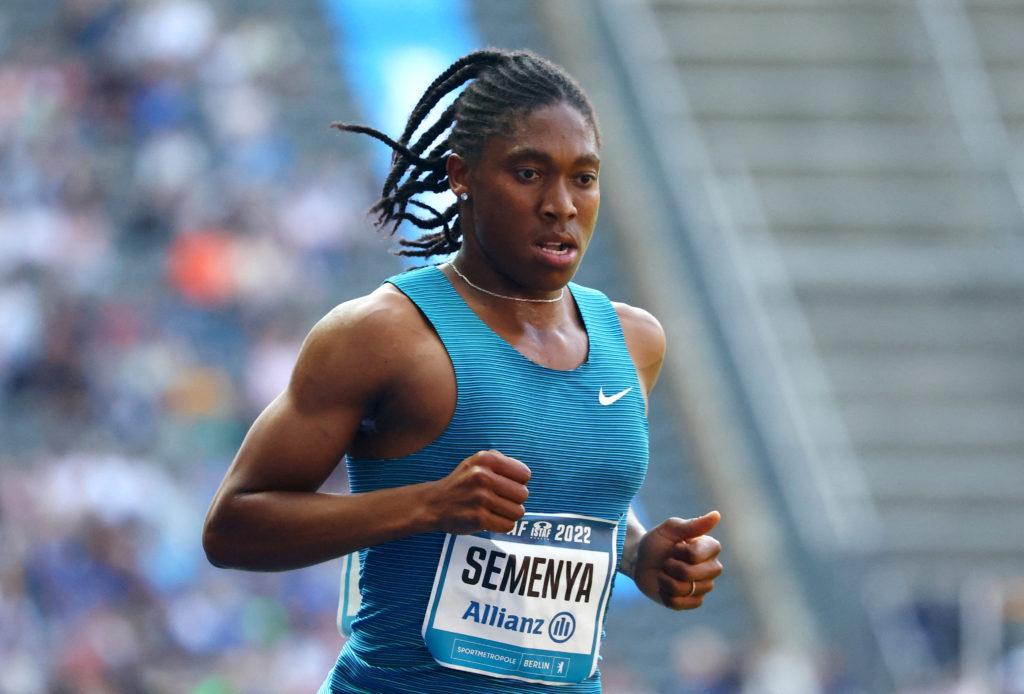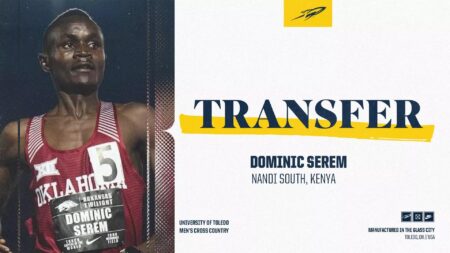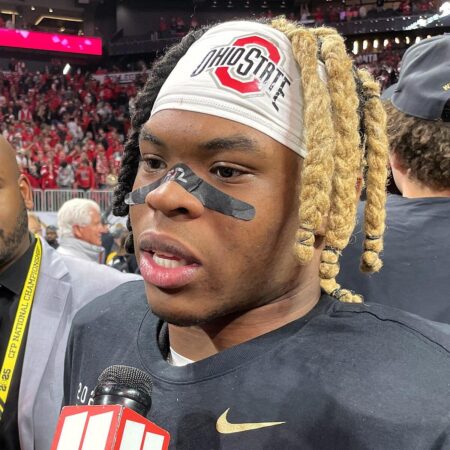The Supreme Court has agreed to hear a pivotal case addressing the legality of bans on transgender athletes participating in women’s sports, marking a significant moment in the ongoing national debate over transgender rights and competitive fairness. The case poses critical questions about the balance between inclusion and equality in athletics, and its outcome could have far-reaching implications for state policies and the landscape of women’s sports across the United States.
Supreme Court Reviews Impact of Trans Athlete Bans on Women’s Sports
The Supreme Court’s decision to review policies restricting transgender athletes from participating in women’s sports marks a pivotal moment in the ongoing debate over gender identity and competitive fairness. Advocates on both sides present deeply held concerns: supporters of the bans argue they protect athletic integrity and ensure equitable competition, while opponents contend these measures discriminate against transgender individuals, violating civil rights protections under federal law. The Court’s examination will focus on the balance between inclusion and fairness, analyzing the legal frameworks states have adopted and their implications for high school and collegiate athletics.
Key issues under scrutiny include:
- Definition of “sex” under Title IX – determining whether it encompasses gender identity or remains strictly biological.
- Impact on athletes’ mental health and well-being – assessing potential harm caused by exclusionary policies.
- Competitive advantages and physical disparities – evaluating scientific data presented by both parties.
As the Court hears arguments, sports organizations, legal experts, and advocacy groups nationwide await a landmark ruling that could reshape policies and set national standards for inclusivity in women’s athletics.
| Stakeholder | Primary Concern | Position |
|---|---|---|
| States enforcing bans | Fair competition | Support bans |
| LGBTQ+ advocacy groups | Equal rights | Oppose bans |
| Female athletes | Competitive opportunities | Mixed opinions |
| Educational institutions | Compliance with law | Seeking clarity |
Legal Arguments and Precedents Shaping the Debate
At the heart of the Supreme Court’s review lies a complex interplay of constitutional rights and statutory interpretations. Central to the debate is the Equal Protection Clause of the Fourteenth Amendment, often cited by opponents of the bans, who argue that excluding transgender athletes from women’s sports constitutes unlawful discrimination based on gender identity. Conversely, proponents assert that such measures are necessary to preserve fair competition and the integrity of women’s athletics. The Court’s examination will likely hinge on whether these bans represent permissible state interests or unconstitutional infringements.
Preceding cases set important benchmarks in this ongoing legal saga. For instance, the contrasting rulings in West Virginia v. B.K.E. and Hecox v. Little highlight divergent interpretations regarding transgender participation in sports. The Supreme Court’s decision could also revisit pivotal questions involving the Title IX statute, which prohibits sex-based discrimination in federally funded education programs, and how it applies to transgender athletes.
Key legal principles under scrutiny include:
- Definition and scope of “sex” under Title IX
- State powers versus individual rights in educational settings
- The balance between anti-discrimination protections and competitive fairness
| Case | Year | Outcome | Legal Impact |
|---|---|---|---|
| West Virginia v. B.K.E. | 2021 | Restrained transgender athlete participation | Strengthened state anti-transgender sports policies |
| Hecox v. Little | 2022 | Partial injunction against bans | Raised questions on constitutional rights |
| Whitaker v. Kenosha | 2019 | Ruled discrimination on gender identity unlawful | Bolstered protections under Title IX |
Potential Consequences for Sports Policies and Transgender Rights
The Supreme Court’s decision to hear this case could trigger far-reaching effects on sports governance and transgender rights nationwide. A ruling upholding bans on transgender athletes in women’s sports may embolden states and athletic organizations to implement stricter regulations, potentially excluding transgender individuals from participating in gender-aligned competitions. Conversely, a decision striking down such bans could undermine the autonomy of sports bodies to set eligibility criteria and prompt a shift toward more inclusive policies.
Experts warn that the ruling will influence a complex intersection of legal standards and social debates. Several key areas are poised for impact:
- State legislation: Momentum may grow for states to either reinforce or repeal transgender participation laws.
- High school and collegiate sports: Governing bodies like the NCAA could face pressure to revise compliance frameworks.
- Workplace and anti-discrimination laws: The decision might extend beyond athletics, affecting broader transgender rights protections.
| Area | Potential Impact |
|---|---|
| Legislation | Increased state-level regulatory activity |
| Educational Institutions | Policy revisions on athlete eligibility |
| Civil Rights | Expanded or restricted protections |
| Sports Organizations | Reassessment of governing rules |
Recommendations for Fair and Inclusive Athletic Regulations
Crafting athletic regulations that are both fair and inclusive requires a nuanced understanding of the complex biological and social factors at play. Athletic organizations should adopt policies grounded in scientific research, balancing competitive equity with respect for athletes’ gender identities. This involves establishing clear criteria based on hormone levels, physiological markers, and transition periods, rather than blanket bans that risk sidelining deserving athletes. Transparency in rule-making and consistent review processes can also ensure that regulations evolve alongside emerging evidence and societal values.
To foster inclusion while maintaining fairness, the following measures should be prioritized:
- Individualized Assessment: Taking into account each athlete’s unique physiological profile rather than relying solely on categorical gender classifications.
- Inclusive Participation Pathways: Creating additional competitive categories or divisions where necessary to provide equitable competition opportunities.
- Ongoing Research and Dialogue: Supporting continued study and stakeholder conversations to address concerns and adapt policies accordingly.
- Education Initiatives: Promoting awareness and understanding among athletes, coaches, and officials about the challenges and rights of transgender competitors.
| Policy Element | Objective | ||||||
|---|---|---|---|---|---|---|---|
| Hormone Level Criteria | Ensure physiological parity in competition | ||||||
| Transition Periods | Allow time for physiological adjustment post-transition | ||||||
| Inclusive Divisions | Broaden competitive options to accommodate diversity | ||||||
|
Crafting athletic regulations that are both fair and inclusive requires a nuanced understanding of the complex biological and social factors at play. Athletic organizations should adopt policies grounded in scientific research, balancing competitive equity with respect for athletes’ gender identities. This involves establishing clear criteria based on hormone levels, physiological markers, and transition periods, rather than blanket bans that risk sidelining deserving athletes. Transparency in rule-making and consistent review processes can also ensure that regulations evolve alongside emerging evidence and societal values. To foster inclusion while maintaining fairness, the following measures should be prioritized:
|





